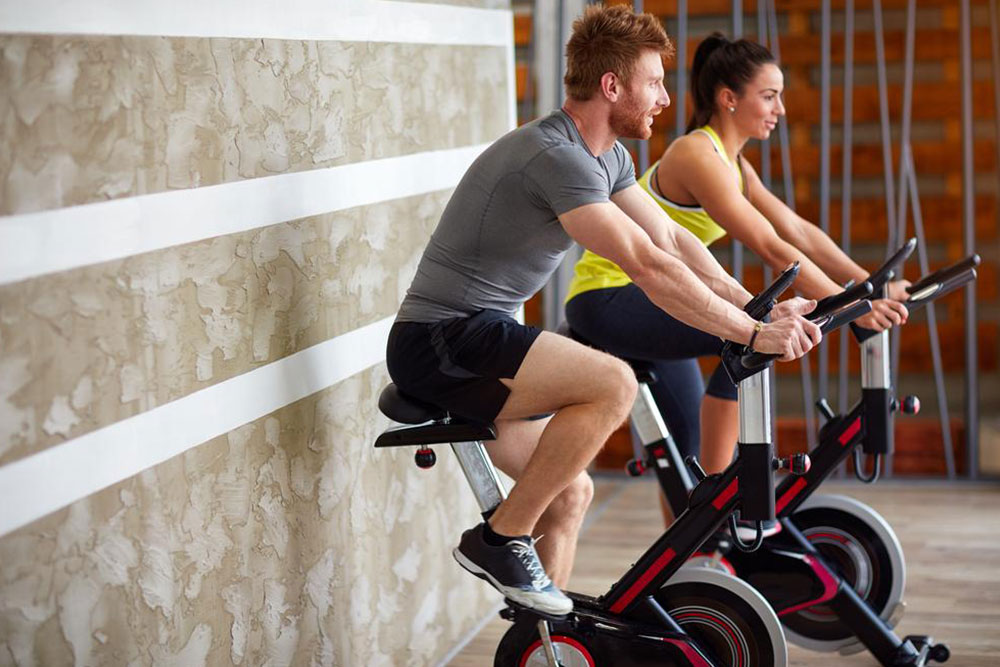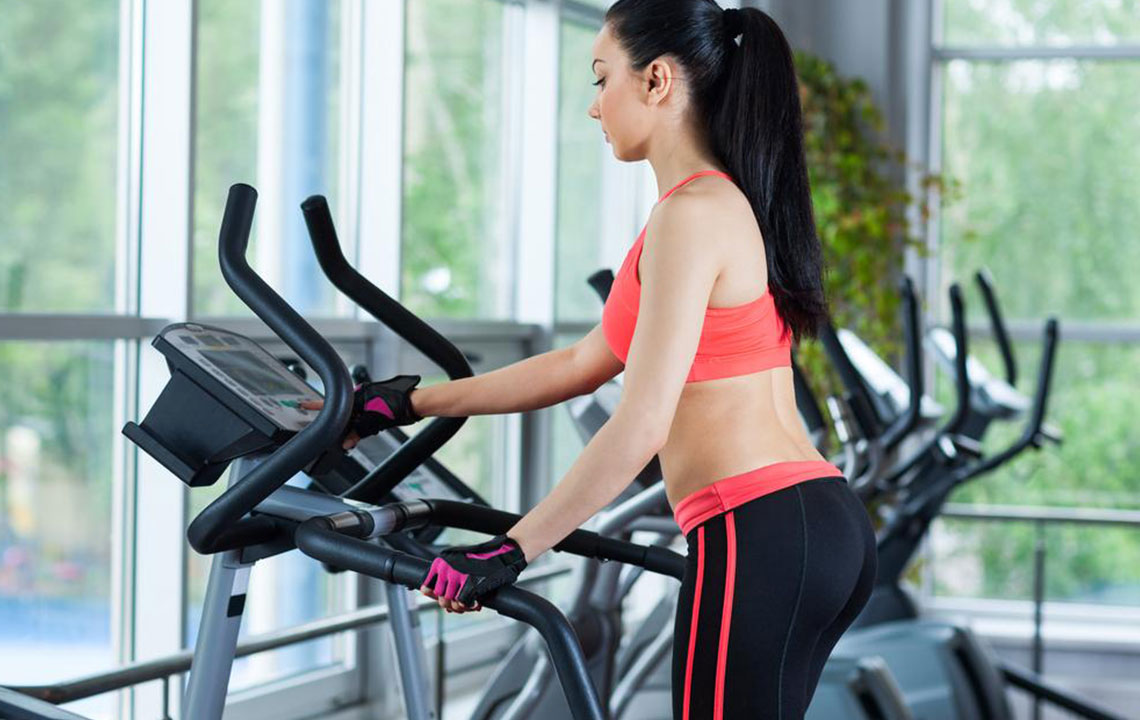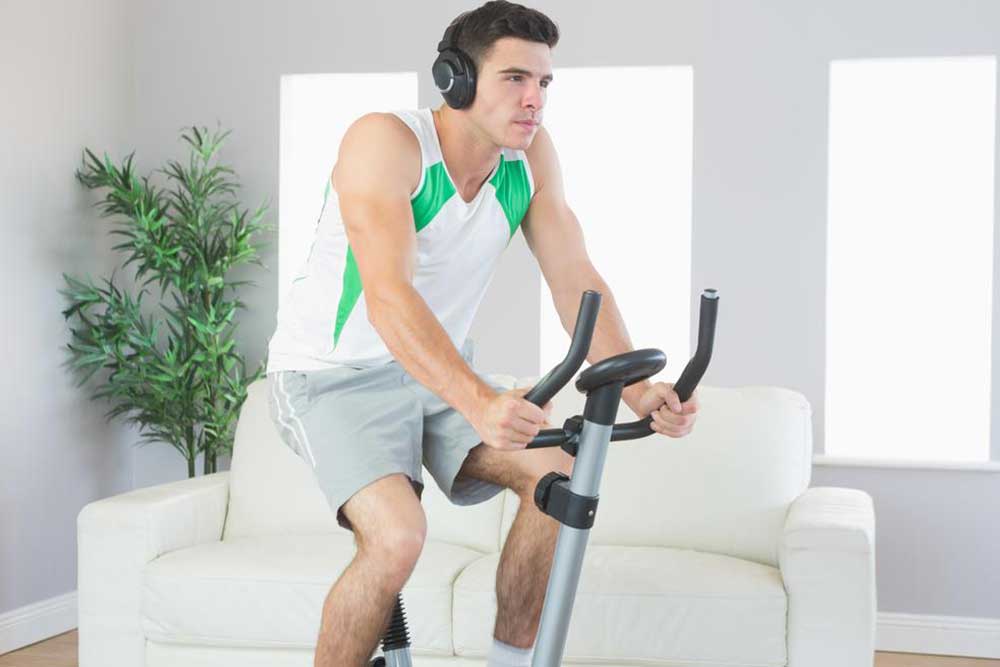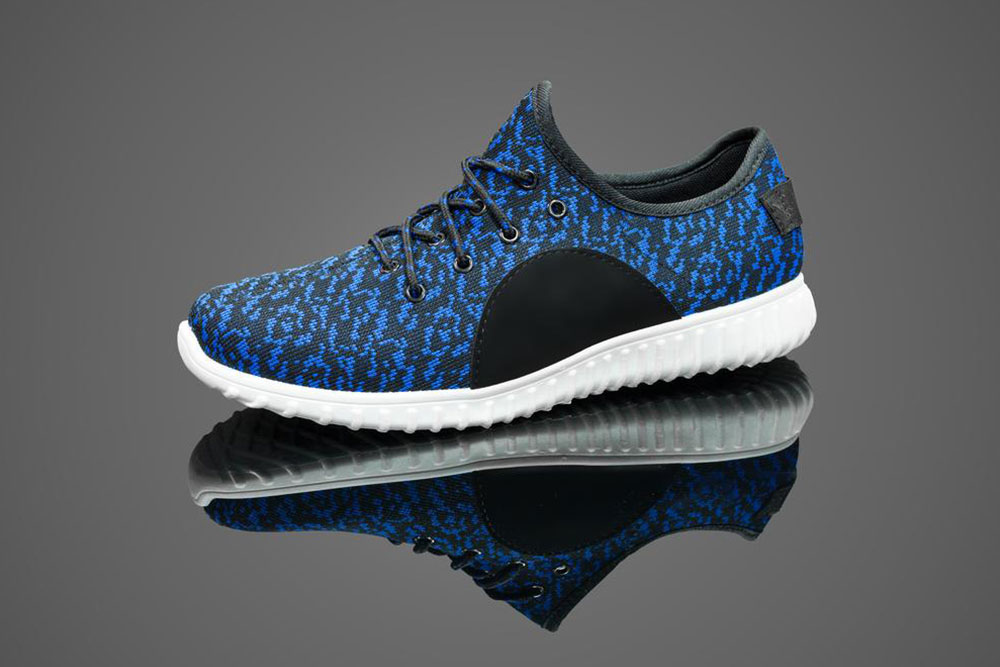Comprehensive Guide to Selecting the Ideal Elliptical Trainer for Your Fitness Goals
Discover essential tips for choosing the perfect elliptical trainer that fits your fitness needs and budget. Learn about key features, safety considerations, and top brand recommendations to make an informed purchase. This comprehensive guide ensures you select equipment that offers longevity, comfort, and effective full-body workouts, helping you stay motivated and injury-free in your fitness journey.

Comprehensive Guide to Selecting the Ideal Elliptical Trainer for Your Fitness Goals
In the realm of home fitness equipment, few machines offer a holistic workout experience quite like the elliptical trainer. Renowned for its ability to deliver an effective cardiovascular workout while being gentle on the joints, the elliptical has emerged as a favorite among fitness enthusiasts and beginners alike. Its low-impact nature allows users to burn calories, improve endurance, and strengthen muscles without experiencing the harsh impact associated with running or jogging.
Understanding the Importance of Choosing the Right Elliptical Trainer
When embarking on your fitness journey, selecting the appropriate elliptical trainer is crucial to ensuring consistent progress and injury prevention. The market offers a wide variety of options, with prices ranging from approximately $200 to $5,000, influenced by factors such as brand reputation, build quality, feature set, and technological integrations. As such, making an informed choice involves careful consideration of several key aspects, including price, features, brand reliability, and safety considerations.
When selecting an elliptical trainer, opting for reputable brands known for durability and customer service is essential. Brands such as Nautilus, Precor, ProForm, and Sole have established a reputation for manufacturing high-quality equipment that withstands regular use while providing consistent performance. These brands often include warranties, which serve as an added layer of security and assurance.
Key features to evaluate when choosing an elliptical trainer
• **Stride Length**: One of the most significant factors affecting comfort and effectiveness is stride length. For the average user, about 14 inches is suitable, while taller individuals may prefer a stride length of 18-21 inches to prevent knee strain and ensure full-range motion.
• **Adjustable Incline**: An incline feature simulates hill climbing and adds resistance, enhancing calorie burn and targeting different muscle groups. This feature allows for greater workout variety and intensity customization.
• **Smooth Pedal Motion**: Pedals should operate smoothly without jerks or excessive noise. Test the mechanism if possible, and look for models with pedal cushions or shock absorption features to maximize comfort.
• **Inclusion of Arm Handles**: Many ellipticals come with stationary and moving arm handles. Engaging the upper body adds to calorie expenditure and promotes muscle balance. For full-body workouts, opt for models with movable handles.
• **Resistance Levels**: A wide resistance range provides the ability to scale workouts for beginners to advanced users. Adjustable resistance helps in progressively increasing workout difficulty as fitness improves.
Safety and Convenience Tips for Effective Usage
When choosing an elliptical trainer, safety features and user convenience should be prioritized. Look for models with comprehensive warm-up and cool-down programs to prepare muscles and prevent injuries. Sturdy handrails are vital for balance, especially during high-intensity sessions, and should be easy to grip without causing fatigue. An intuitive, easy-to-read display helps monitor workout metrics such as speed, time, distance, calories burned, and heart rate.
Many modern ellipticals incorporate built-in heart rate monitors—either through hand sensors or wearable compatibility—to provide real-time feedback, allowing users to stay within optimal training zones. Maintenance considerations are also important; models that are designed to be maintenance-free and require minimal servicing are preferable. Regular check-ups, approximately every 6-8 months, can help maintain optimal performance and extend the lifespan of your equipment.
Furthermore, advanced workout programs and presets can maximize the efficiency of your routines, providing varied challenges to prevent plateaus. Although additional features can increase the initial cost, comparing options across various retailers—especially specialized fitness stores—can help you identify the best combination of price, features, and durability to suit your budget and health goals.
Ultimately, selecting the right elliptical trainer involves balancing factors such as budget, feature set, brand reliability, and safety considerations. Taking the time to evaluate different models and understanding your personal fitness objectives will ensure you invest in equipment that will motivate and support you on your wellness journey for years to come. Remember, a well-chosen elliptical can make consistent exercise enjoyable and effective, helping you achieve your health goals safely and efficiently.





